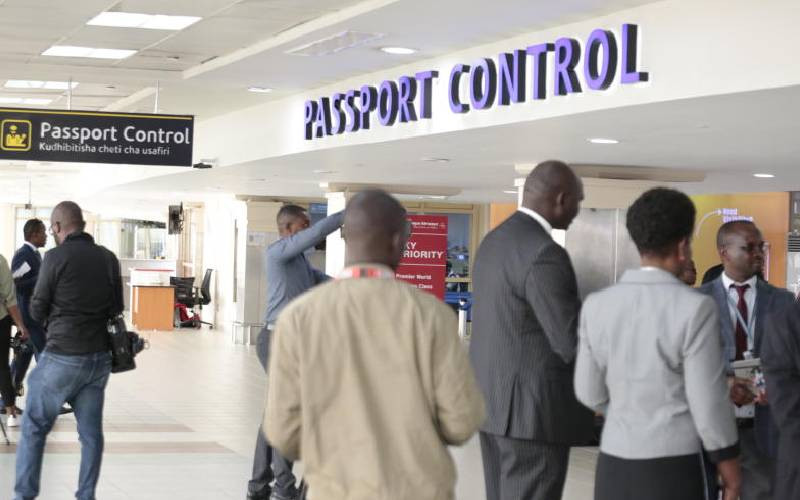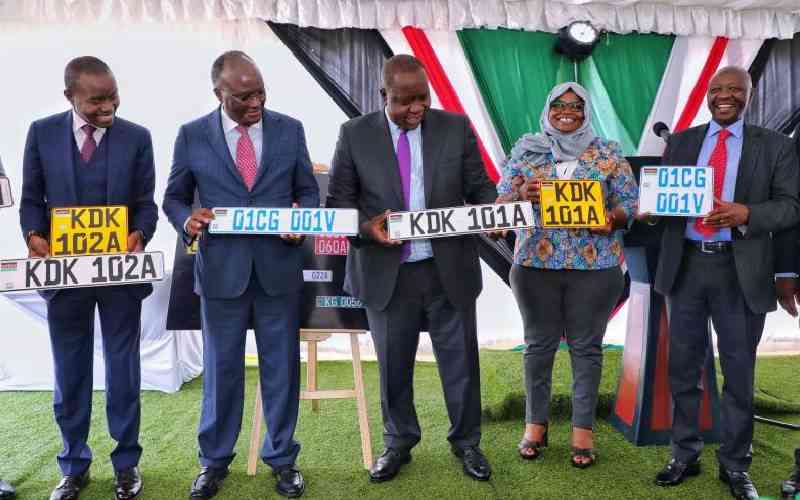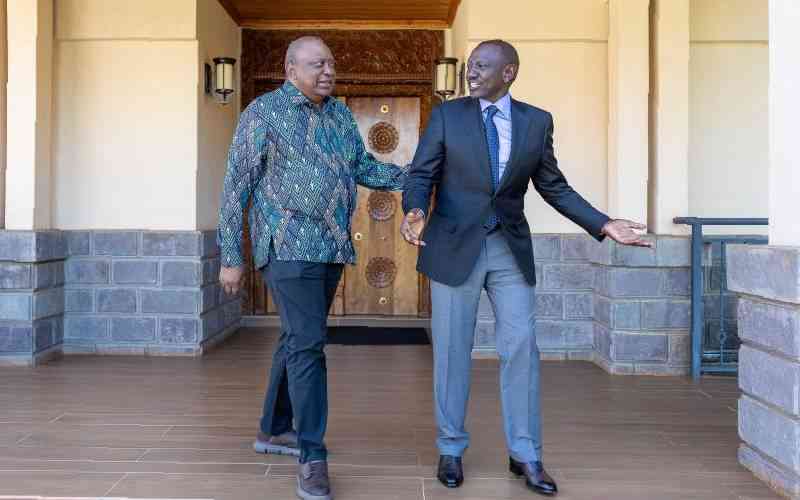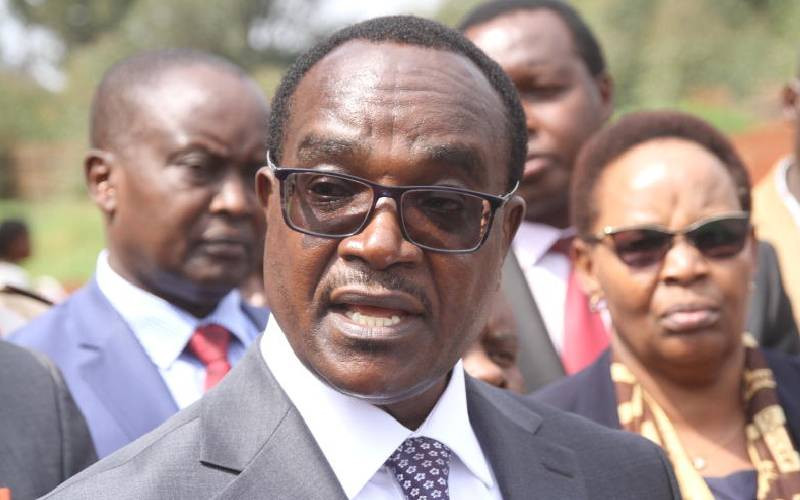Three things could happen in the next decade:
Firstly, climate change will no longer be ignored by the United States of America.
Secondly, the idea of car ownership and human drivers could go away. As we speak, Google is already fiddling with the possibility of having driverless cars, something that would have a great impact on the transport industry.
The last thing that could happen, or is already at the centre stage, is the usage of technology to solve the challenges our public transport system faces.
Kenya is a market with a need for a stable solution to its perennial traffic snarl ups. Since 1974, public transport patronage has increased substantially in Kenya and has supported and benefitted many commuters who use it in their day to day activities.
Consequently, the capacity of public transport has suffered an underwhelming sufficiency to meet the public demand during peak hours. As a result, it has created overcrowding at different stations and long waiting times at bus stops by commuters. The lack of modernisation of our transport system has also led to increased inefficiencies, such as the traffic witnessed every day on our roads.
Despite the challenges faced, there has been a breath of fresh air in our public transport system. Tech wizards and dreamers are re-inventing mobility and championing the ease of movement in the country. The experience provided to users, in terms of comfort, reliability, safety and above all convenience, is critical in determining demand for transport services.
It is no longer a vision of utopia but a doable reality as we are witnessing. Bus rides summoned with apps such as SWVL are providing commuters with convenience and efficiency- something that has not been enjoyed by the current public commuter generation. When transport is therefore combined with technology, it creates enormous efficiencies.
Whereas private transport is rapidly growing in Kenya, owing to exponential population growth and the growing middle class, it is however key to note its high environmental impact. Imagine not having to use your car and instead, taking that time to get some extra work done or start a side hustle, rather than sitting in traffic that has no end product besides getting to your destination.
Choosing to use public transport also creates room for physical activity. For instance, for you to take a shuttle to your place of work, you may need to take a walk from home to your transit point, thus giving you the opportunity to have the brisk walk you have been postponing.
The bus-hailing apps have enormous potential to reduce congestion, pollution and energy consumption. Though the public transport system has been viewed dismally, bus-hailing apps are injecting speed, flexibility and reliability into the ecosystem. All you have to do is sign up and get your ride at the touch of a button.
Millions of Kenyans still rely on the public transport system to get them from one place to another, and not many can afford owning private transport or parting with, what is comparatively, a fortune to take a taxi home. Bus-hailing apps have the opportunity to shift the mindset of consumers, and other stakeholders alike.
The Government is clearly willing to find a solution and has been looking to crack the bus rapid transit (BRT) plan. The concept of bus-hailing has striking similarities to BRT and therefore its successes can be replicated in government-run mass transit.
The 2009 national census declared Nairobi’s population at just over 3.1 million people. With the increased rural urban migration, that number has steeply increased and current estimates put the population in the capital city at double that.
This means that there are about 4 million people that commute to and from work on a daily basis, leading to the clog up at rush hour. One solution cannot solve the problem, so there is need for a multi-pronged approach to it.
Stay informed. Subscribe to our newsletter
Tech-based companies are constantly collecting data that is relevant to the mass transit and commuter sectors. We should also look to create an avenue through which this data can be shared with relevant government agencies to help them in urban development. It would greatly help the development of relevant, and actionable, solutions.
 The writer, Shivachi Muleji, is the General Manager at SWVL Kenya.
The writer, Shivachi Muleji, is the General Manager at SWVL Kenya.
 The Standard Group Plc is a
multi-media organization with investments in media platforms spanning newspaper
print operations, television, radio broadcasting, digital and online services. The
Standard Group is recognized as a leading multi-media house in Kenya with a key
influence in matters of national and international interest.
The Standard Group Plc is a
multi-media organization with investments in media platforms spanning newspaper
print operations, television, radio broadcasting, digital and online services. The
Standard Group is recognized as a leading multi-media house in Kenya with a key
influence in matters of national and international interest.
 The Standard Group Plc is a
multi-media organization with investments in media platforms spanning newspaper
print operations, television, radio broadcasting, digital and online services. The
Standard Group is recognized as a leading multi-media house in Kenya with a key
influence in matters of national and international interest.
The Standard Group Plc is a
multi-media organization with investments in media platforms spanning newspaper
print operations, television, radio broadcasting, digital and online services. The
Standard Group is recognized as a leading multi-media house in Kenya with a key
influence in matters of national and international interest.





 The writer, Shivachi Muleji, is the General Manager at SWVL Kenya.
The writer, Shivachi Muleji, is the General Manager at SWVL Kenya.




